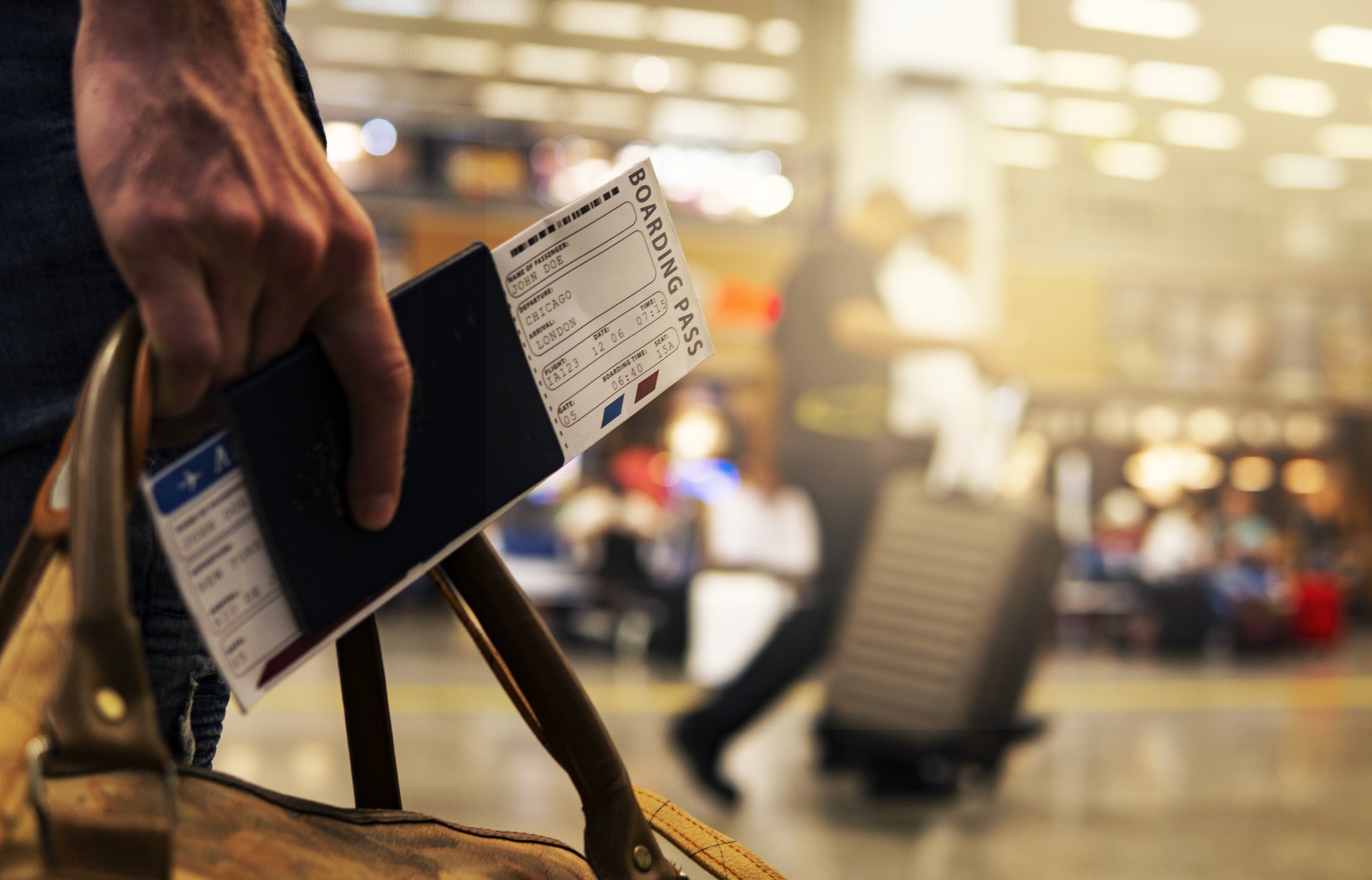Anyone entering Germany from Austria who is not fully vaccinated or recovered will have to be quarantined for ten days.
The German government reclassifies Austria as a high-risk area from Sunday due to high Corona infection figures. The municipalities of Mittelberg and Jungholz as well as the Rißtal in the municipality of Vomp and Eben on Lake Achensee are exempt.
Thus, all nine neighboring countries of Germany are again on the risk list. In addition to Austria, more than 30 other countries are on the list, many of them in Africa and the Caribbean. In total, almost 140 of the approximately 200 countries in the world are thus on the risk list.
On a list with Serbia and Somalia
Anyone entering from a high-risk area who is not fully vaccinated or recovered must be quarantined for ten days, and can get rid of it with a negative test no earlier than five days after entry. Associated with the classification as a high-risk area is a travel warning issued by the German Foreign Office for non-essential tourist travel. It facilitates tourists to cancel already booked trips free of charge, but does not mean a travel ban.
Also considered high-risk areas are Bulgaria, Latvia, northern Macedonia, Albania, Serbia, Bosnia-Herzegovina, Djibouti, Burkina Faso, Gambia, Liberia, Senegal and Niger, Equatorial Guinea, São Tomé and Príncipe, Guinea-Bissau, the Central African Republic, Eritrea, Madagascar, Somalia, Colombia, Peru, Guyana, Suriname, St. Kitts and Nevis, Saint Vincent and the Grenadines, Benin, Costa Rica, Dominican Republic, Saint Lucia, Antigua and Barbuda, Philippines and Chad.
- source: kurier.at/picture: pixabay.com
This post has already been read 1485 times!



